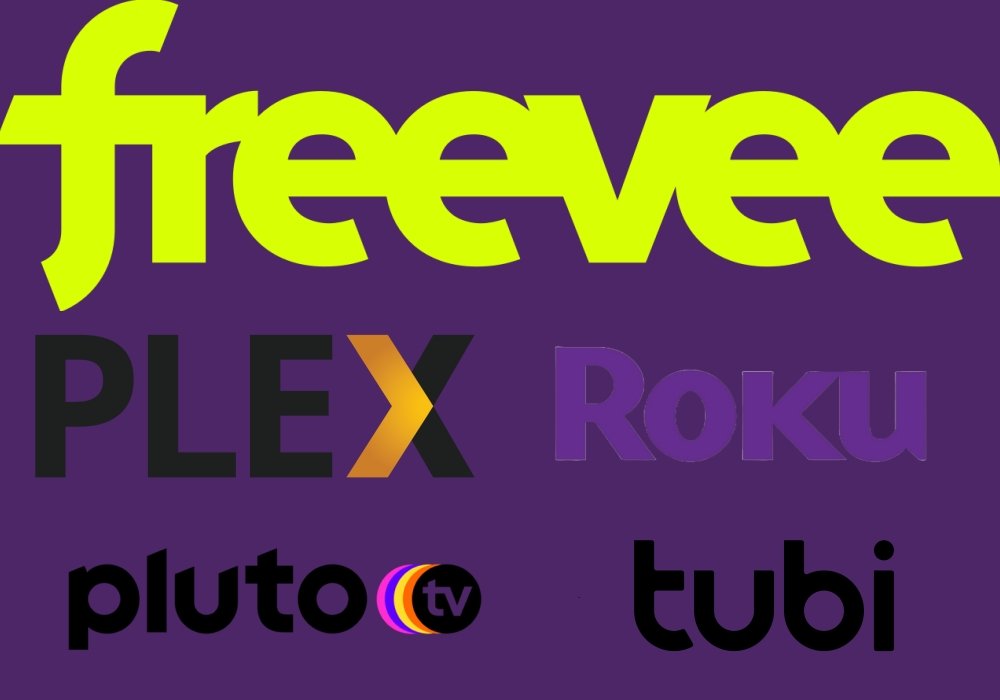Industry Insider: How FAST Channels are reinventing streaming
FAST stands for free, ad-supported television which consists of a Linear format, guide-based television, that is intersected with ads throughout the broadcasting of the content. It provides a constant stream of content that doesn’t require consumers to pay a subscription.
While AVOD, ad-supported video on demand, can be said to be similar as both models require ads. There is also a difference in that AVOD doesn’t require the continuous “airing” of “live” television and film. AVOD simply discriminates on the basis that the content can only be obtained through watching ads. There is a stipulation that powerhouse subscription services such as Netflix and Hulu have AVOD-based tiers to their subscription options. So, the lines between them have become blurred the more unstable the streaming structure develops. Increasingly the definition may reform into all FAST channels that can be labeled as AVODs but not all AVODs abide by the terms of FAST channels.
Typically the channels within the service are isolated to one series at a time. While the films are curated with slightly more precision. The films are typically categorized according to the platform’s preference; by genre, theme, and accessibility within the catalog.
Fast is meant to be a combination of the new streaming structure while maintaining the nostalgic backbone of traditional programming. A few top contenders in this niche industry are Plex, The Roku Channel, Pluto TV, Tubi, and Freevee.
FAST isn’t stipulated to their “live TV” model either. These platforms also have numerous on-demand films and series available. As this would potentially break too far away from the mainstream media consumption standards.
In terms of monetary growth, these platforms solely rely on advertisement to generate substantial revenue. As to cover the basis for the opposition to subscription but allowing for free flow content browsing by simply watching the ad.
To quantify these numbers, Medium reports that ‘Roku has a projection by the year’s end to expand viewership to 67.8 million which is equivalent to $2.19 billion in revenue’. In total the total market value will be hovering in the $6 billion range by 2025 as well. Of course with such low competition and high return, it is unlikely that this niche will remain untapped potential for long.
There is a strong argument to be made in favor of FAST channels. With the current subscription models for each individual service extending the average consumer’s pockets, it would be easier to invest time in a middle-ground solution. That allows corporations to maintain their profits through advertisements and create strong relationships with the advertisement market. While relieving the consumers with nearly zero cost influx by offering a primarily ad-based model.
There seems to be a great window open in this market for smaller companies or independent filmmakers to feature on FAST channels. To premiere content would lessen the pressure to compete with larger-scale new releases. As these platforms have yet to become responsible for their original content. Creating flexibility in release schedules for this content on both the platform and the creative behind the project. This also amplifies the creator’s exposure to the larger partnered companies such as Amazon Studios, Paramount, and FOX.
Several pieces of media have taken this route with great success. Tubi has become well acquainted with independently made Black American films on their service. Most notably; Dope Boy Magic and He Played Me to name a few. Of course, with an advertisements-based revenue model content creators may have an easier time negotiating for further compensation. So, there are many positive benefits to introducing FAST channels to a wider audience.


